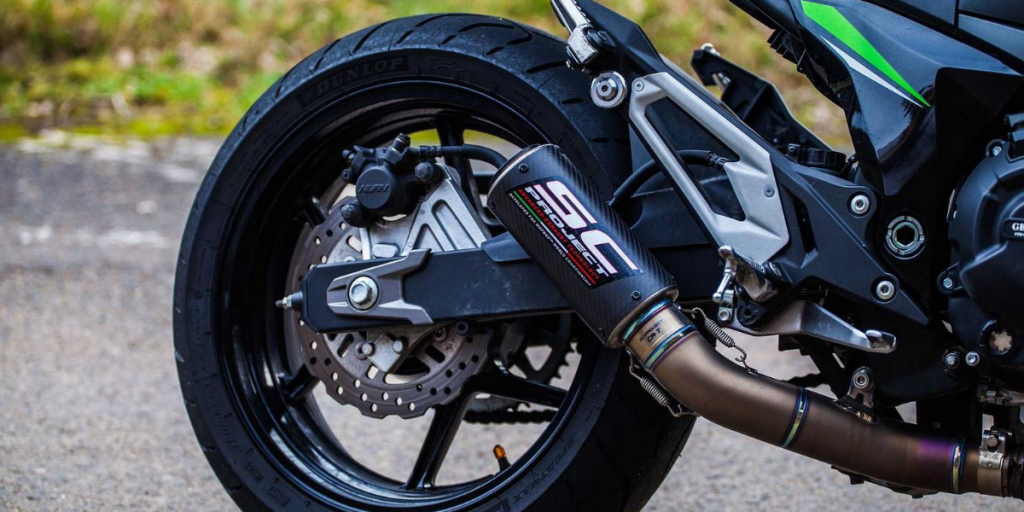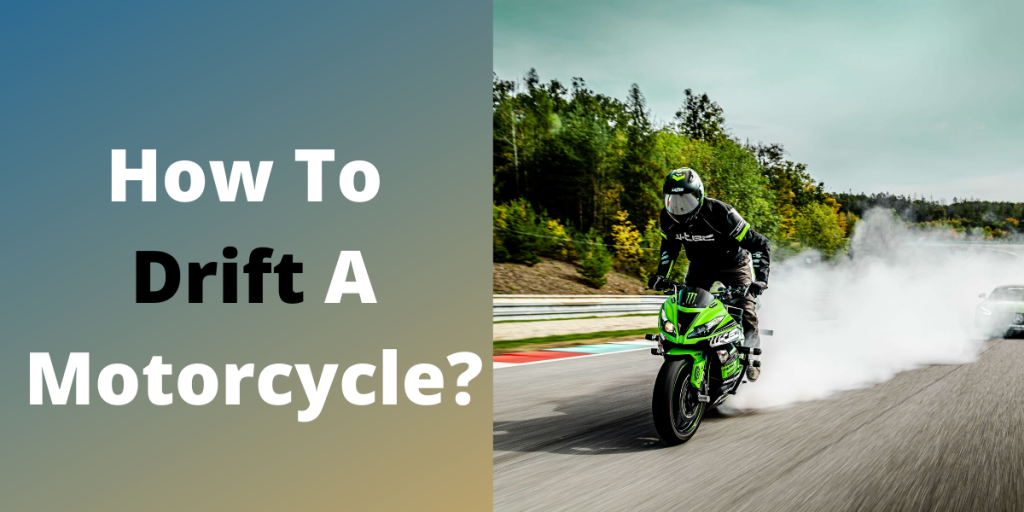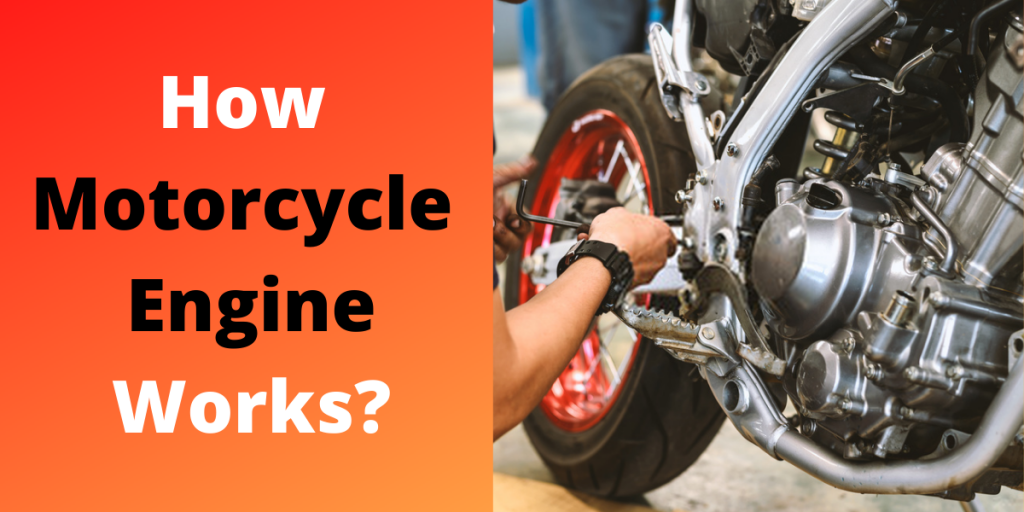Backpressure is the opposing force that forces the gas from the exhaust to flow through the limited system. This procedure allows the exhaust gases to create a more consistent vacuum along the pipes, allowing the engine to run more smoothly.
After passing through the exhaust manifold and pipes, you must process the gases through four steps in the cylinders before being used for internal combustion.
This article will provide you with a thorough understanding of backpressure, which is critical to the general health of your gear because improper exhaust gas processing can result in a flat spot, rusted areas, and a damaged header gasket.
The Exhaust on Your Bike Isn’t Just a Tube.
The most crucial thing to know about your stock motorcycle exhaust is that it was designed by a team of extremely intelligent engineers at the factory where you built your motorcycle, not a hollow tube. The interior shape of the pipe, in combination with the initial header length, points of expansion, and internal routing (sometimes there are pipes in your pipes), all work together to keep the waves of exhaust gases produced working for your engine rather than against it.
What Is Going On?
Your engine’s exhaust gases do not leave in a continuous stream. On the “blow” phase of the four-stroke “suck, squeeze, bang, blow” cycle, exhaust gases pulse into the pipes. This pulse can cause backpressure.
To preserve rearward flow, the geometry of your exhaust system works in concert with these exhaust pulses: all gases flow toward the exit rather than back up through the exhaust port and into the engine. A well-designed exhaust will use precisely timed pulses to create a vacuum with the same precision. It can effectively suck the used fuel out of your cylinder in preparation for the next “suck” stage. Still, it also aids the following round of air and energy into the cylinder even before the piston develops that vacuum at peak power RPMs. It improves engine performance by keeping your power band wide and usable.
How Does Motorcycle Exhaust Increase Back Pressure?
In four phases of combustion, the exhaust system creates a pulse across the exhaust manifold. And the lack of appropriate gas flow is what causes backpressure. Timed pulses are built into every exhaust system.
The design of the internal pipes, points of expansion, header length, and internal routing all play a role in ensuring that the smooth flow of exhaust gases is maintained.
Does Back Pressure cause high Exhaust Flow?
An exhaust system with the confined and restricted flow works instead of the positive gas attempting to depart the pipes, causing the gas to become stuck inside and create backpressure.
Back Pressures are sometimes beneficial, as an exhaust pipe with suitable diameters can breathe properly and provide adequate positive flow.
To acquire the optimum amount of backpressure required for a high exhaust flow without harming the system, check the appropriate pipe design for your equipment.
Even the tiniest twist in the wrong direction can result in negative pressure, then pushed back into the cylinder, removing the essential gases.
What is the Combustion Process?
The gases must flow backward and out the exit pipe, rather than being forced into the internal systems and accumulated there due to combustion phases. Sucking, squeezing, banging, and blowing are among the steps.
If the exhaust system is well-designed, each combustion phase will begin before the preceding one has been completed. This procedure relieves the engine of excess pressure, allowing it to function more smoothly for longer.
While the engine’s power RPMs are at their highest, the exhaust forces use fuel into the cylinders, effectively priming the engine for the next cycle by inhaling air and energy at a faster and more efficient rate.
Is it Important to Increase Backpressure?
If you want more enhanced backpressure, you should think about the design because good design is required for the fuel to process, boost torque, and sound better.
The efficient filtration of exhaust gases depends on a fresh fuel and air combination in the cylinder. An increase in back pressure can result in a badly tuned exhaust, thereby destroying your bike’s performance.
When Is Back Pressure Necessary?
It’s better not to boost back pressure because it can disrupt the gas’s natural flow. The pressure might build up as gases return at an excessively high RPM if the pipe becomes too thin.
Furthermore, if the pipe is excessively wide, the pressure is not as effective at lower RPMs, lowering performance even for the best motorbike exhaust on the market.
Backpressure obstructs the normal flow of gas and fuel intake, causing it to back up in the combustion chamber. After a while, this harms intake scavenging.
What is the ideal back pressure for an exhaust system?
GM recommends no more than 8.62 kPa (1.25 psi) at idle and 20.68 kPa (3 psi) at 2,000 rpm for most of its engines.
What Is Scavenging and How Does It Work?
Scavenging is the process that occurs shortly before combustion when both the exhaust and intake valves are open, allowing the air/fuel mixture to be adequately sucked in and out.
Excessive back pressure during this procedure can be disastrous for your gear, as it can quickly disrupt the smooth operation. While tuning, using an exhaust wrap may aid with overall pressure control.
You can avoid back pressure if you know what to do.
There are many misconceptions about backpressure, which can have minor sound effects as well.
On the other hand, back pressure does more harm than good, as any professional or motorbike enthusiast can tell you. It gradually affects the constant flow of gases, obstructing performance indefinitely.
To optimize your bike’s longevity, power band, and performance, it’s best to arm yourself with a complete grasp of backpressure, including the benefits and drawbacks.



